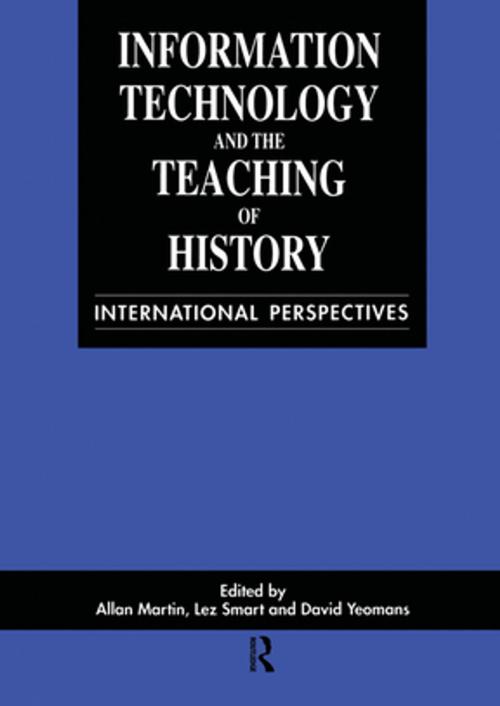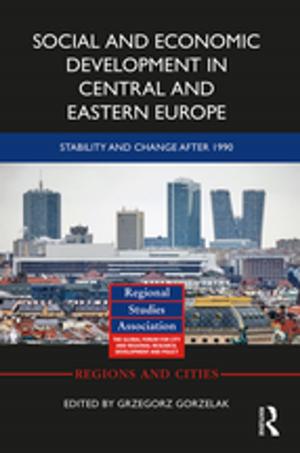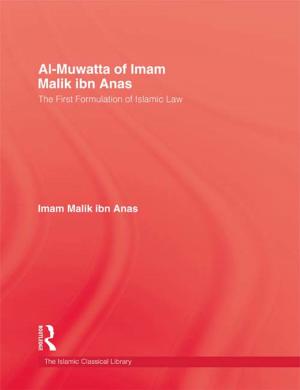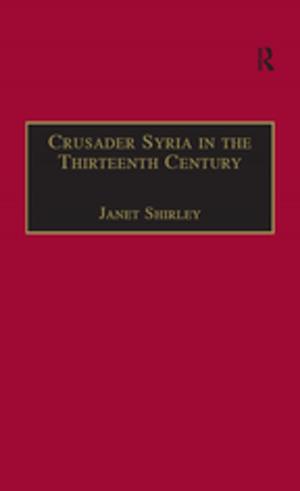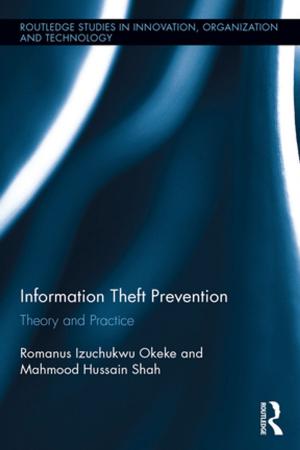Information Technology in the Teaching of History
International Perspectives
Nonfiction, Reference & Language, Education & Teaching, Social & Cultural Studies, Political Science| Author: | ISBN: | 9781134397693 | |
| Publisher: | Taylor and Francis | Publication: | November 26, 2013 |
| Imprint: | Routledge | Language: | English |
| Author: | |
| ISBN: | 9781134397693 |
| Publisher: | Taylor and Francis |
| Publication: | November 26, 2013 |
| Imprint: | Routledge |
| Language: | English |
Information technology offers powerful tools to facilitate and to assist learning across the whole curriculum; the computer is certainly the most significant development in educational technology in the twentieth century. History may be thought of as a staid and perhaps tradition-bound subject, more resistant to change than some areas. Yet in history too, information technology is making an impact.
This volume shows how information technology is currently contributing to, and bringing about changes in the way history is taught and learned. The international selection of the contributions shows that these phenomena are not restricted to just one country. The impact of information technology on history curricula is explored in depth in one section of the book, whilst other sections focus on classroom activities and issues, on the development of software for history, and on the relevance of current information technology developments. But the question which lies at the heart of it all remains that of how information technology can enhance the teacher's ability to offer situations in which learners can form and develop a real understanding of the nature of historical processes, and the ways in which they can be studied.
Information technology offers powerful tools to facilitate and to assist learning across the whole curriculum; the computer is certainly the most significant development in educational technology in the twentieth century. History may be thought of as a staid and perhaps tradition-bound subject, more resistant to change than some areas. Yet in history too, information technology is making an impact.
This volume shows how information technology is currently contributing to, and bringing about changes in the way history is taught and learned. The international selection of the contributions shows that these phenomena are not restricted to just one country. The impact of information technology on history curricula is explored in depth in one section of the book, whilst other sections focus on classroom activities and issues, on the development of software for history, and on the relevance of current information technology developments. But the question which lies at the heart of it all remains that of how information technology can enhance the teacher's ability to offer situations in which learners can form and develop a real understanding of the nature of historical processes, and the ways in which they can be studied.
